How To Lay Garden Edging Stones In Minutes Or Less
Garden edging stones are a great way to define the borders of your garden beds and walkways. They can also help to prevent weeds from spreading and to keep your plants from encroaching on other areas of your yard.
Laying garden edging stones is a relatively simple project that you can do yourself in a few hours. With a little planning and effort, you can have your garden looking neat and tidy in no time.
Here are the steps on how to lay garden edging stones in 60 minutes or less:
- Choose the right edging stones. There are a variety of different edging stones available, so take some time to choose the ones that are right for your project. Consider the size, shape, and color of the stones, as well as the type of material they are made from.
- Measure and mark the area. Use a measuring tape and stakes to mark the area where you want to lay the edging stones. Make sure the area is level and free of debris.
- Dig a trench. Use a shovel to dig a trench along the marked area. The depth of the trench should be about 6 inches.
- Add a layer of sand. Fill the trench with a layer of sand about 2 inches thick. This will help to stabilize the edging stones and prevent them from sinking.
- Place the edging stones. Start by placing the first edging stone at one end of the trench. Then, use a level to make sure the stone is level. Continue placing edging stones along the trench, overlapping them slightly.
- Compact the sand. Use a hand tamper or a rubber mallet to compact the sand around the edging stones. This will help to secure them in place.
- Backfill the trench. Fill the trench with the excavated soil. Tamp down the soil to create a firm base for the edging stones.
- Water the area. Water the area thoroughly to help the sand and soil settle.
Here are some tips for laying garden edging stones:
- If you are laying edging stones in a curved area, you may need to use a jig to help you keep the stones in line.
- If you are laying edging stones in a long, straight area, you can use a string line to help you keep the stones evenly spaced.
- If you are laying edging stones around a flower bed, you may want to leave a gap between the stones and the plants to allow for water drainage.
- If you are laying edging stones around a walkway, you may want to use a slightly larger size of stone to prevent tripping hazards.
With a little planning and effort, you can lay garden edging stones in 60 minutes or less. Your garden will look neat and tidy in no time, and you'll be proud of your hard work.
visit Home Gardening for more information about them.
FAQ of garden edging stones
- What are garden edging stones?
Garden edging stones are used to define the borders of garden beds, walkways, and other areas in your yard. They can help to prevent weeds from spreading, keep plants and mulch in place, and add a touch of style to your landscape.
- What are the different types of garden edging stones?
There are many different types of garden edging stones available, including:
* Natural stone: This includes materials such as granite, marble, and limestone. Natural stone edging is typically very durable and can last for many years.
* Concrete: Concrete edging is a more affordable option than natural stone. It is also available in a variety of colors and styles to match your landscaping.
* Plastic: Plastic edging is a lightweight and easy-to-install option. It is also relatively inexpensive.
* Metal: Metal edging is a durable option that can withstand the elements. It is also available in a variety of styles, including curves and angles.
- How do I install garden edging stones?
The installation process for garden edging stones will vary depending on the type of stone you choose. However, in general, you will need to dig a trench along the desired border of your garden bed or walkway. The depth of the trench will depend on the size of the edging stones you are using. Once the trench is dug, you can place the edging stones in the trench and backfill with soil.
- How do I maintain garden edging stones?
Garden edging stones require very little maintenance. You should check them periodically for any signs of damage or wear. If any stones are loose, you can simply re-set them in the soil. You may also need to reapply mulch around the edging stones to help prevent weeds from growing.
- What are some tips for choosing garden edging stones?
When choosing garden edging stones, there are a few things you should keep in mind:
* The type of stone: Consider the style of your landscaping and the type of stone that will best complement it.
* The size of the stones: Choose stones that are the appropriate size for the area you are edging.
* The installation method: Consider the type of edging stone you choose and how easy it will be to install.
* The budget: Garden edging stones can range in price from relatively inexpensive to very expensive. Choose stones that fit your budget.
Image of garden edging stones
10 different images of garden edging stones that are free to use:
- Concrete edging stones: These are made of concrete and are a popular choice for garden edging because they are durable and long-lasting. They come in a variety of shapes and sizes, so you can find the perfect ones for your garden.
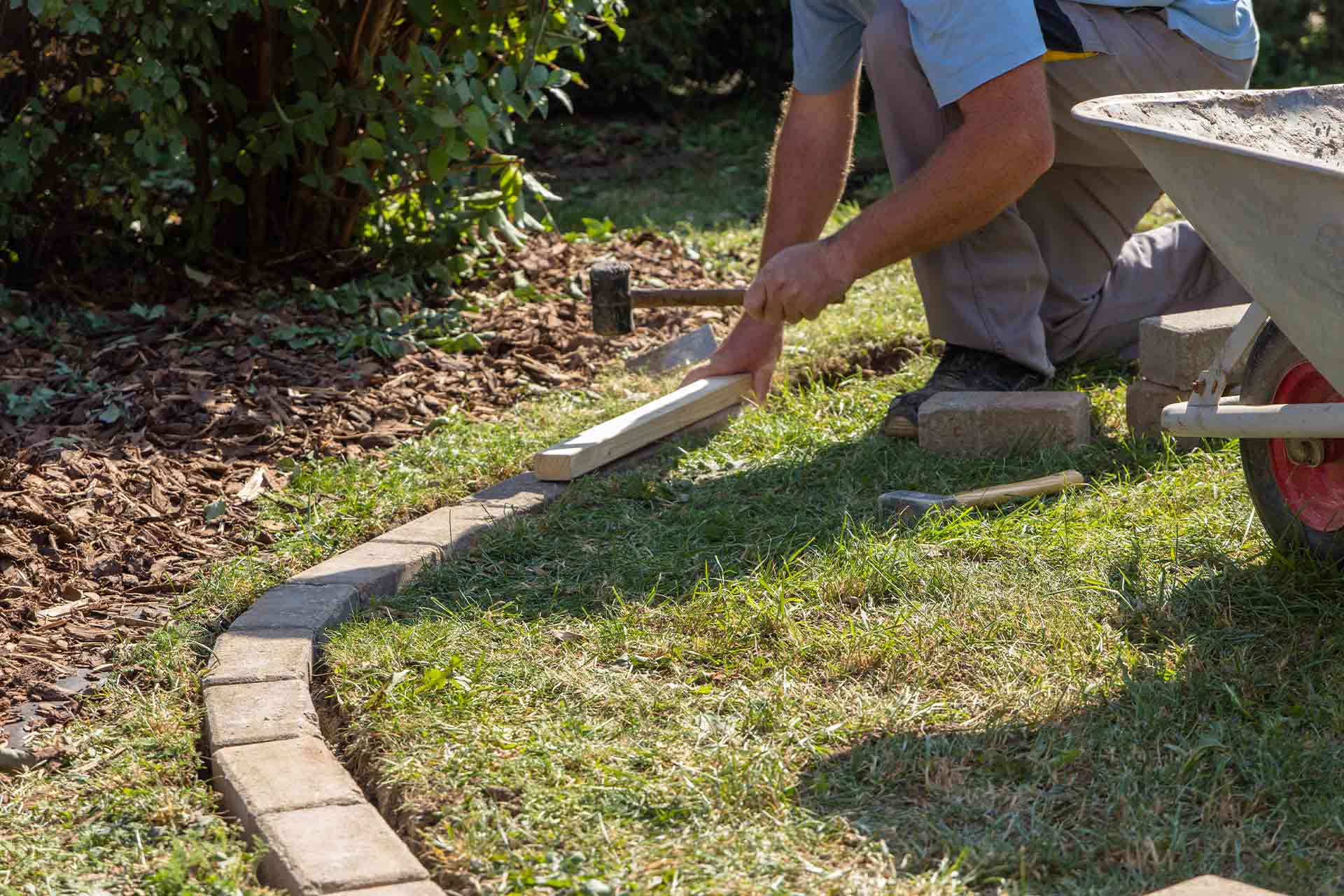
- Brick edging stones: Brick edging stones are another popular choice for garden edging. They are made of natural materials and can add a touch of elegance to your garden. Brick edging stones can be used to create straight lines or curves, depending on your preference.
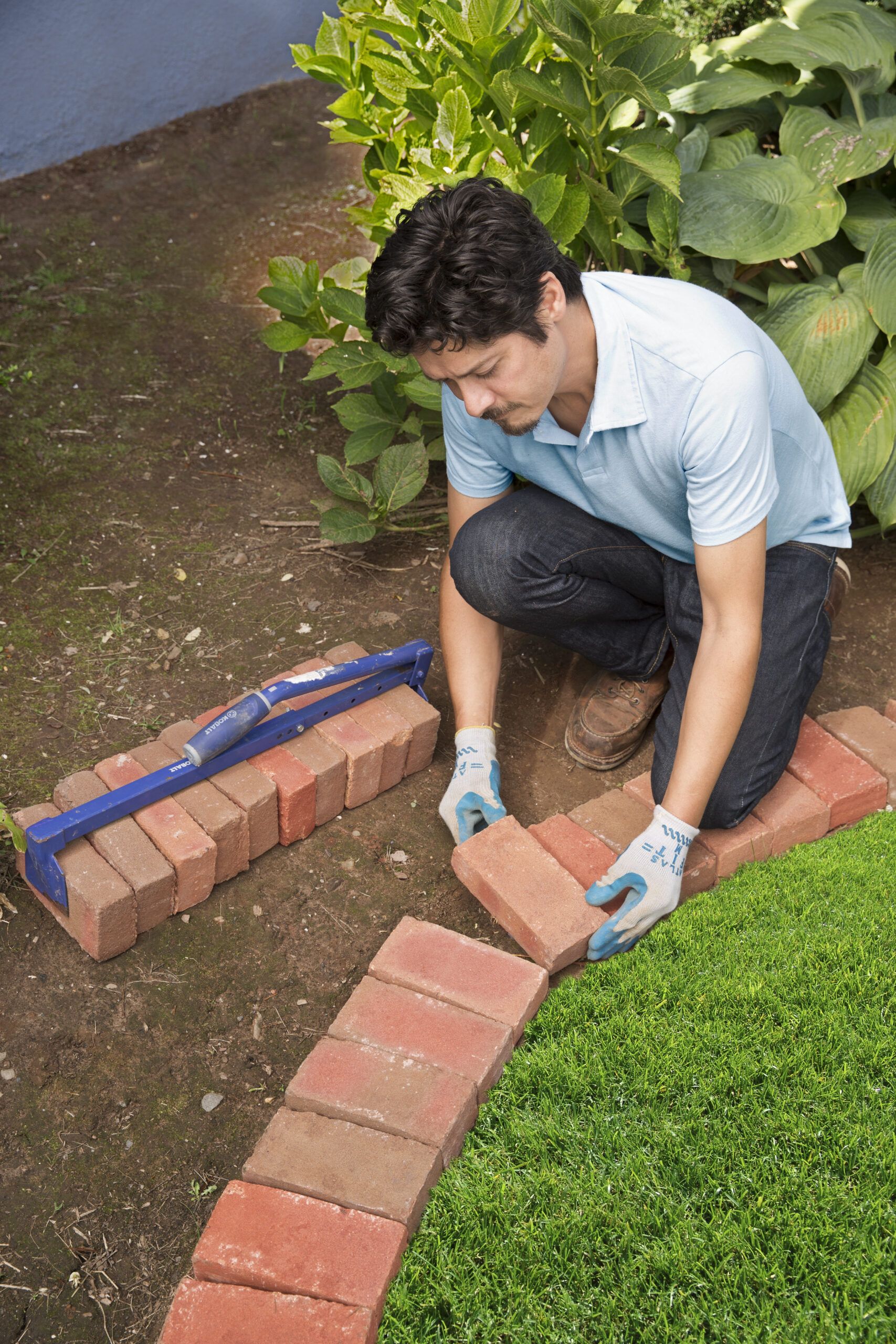
- Natural stone edging stones: Natural stone edging stones are made from materials such as granite, slate, and marble. They are a more expensive option than concrete or brick edging stones, but they can add a touch of luxury to your garden. Natural stone edging stones can be used to create a variety of different looks, depending on the type of stone you choose.
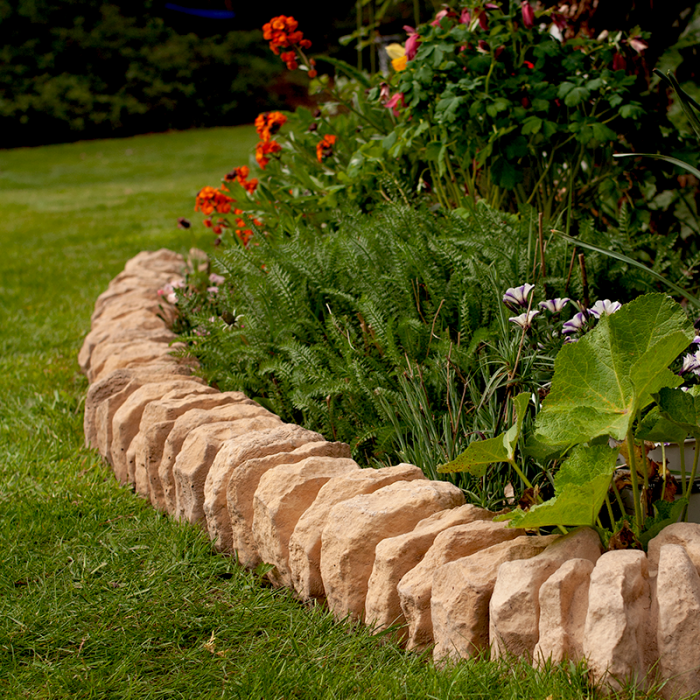
- Plastic edging stones: Plastic edging stones are a budget-friendly option for garden edging. They are lightweight and easy to install, making them a good choice for those who are not experienced with gardening. Plastic edging stones come in a variety of colors and styles, so you can find the perfect ones to match your garden.
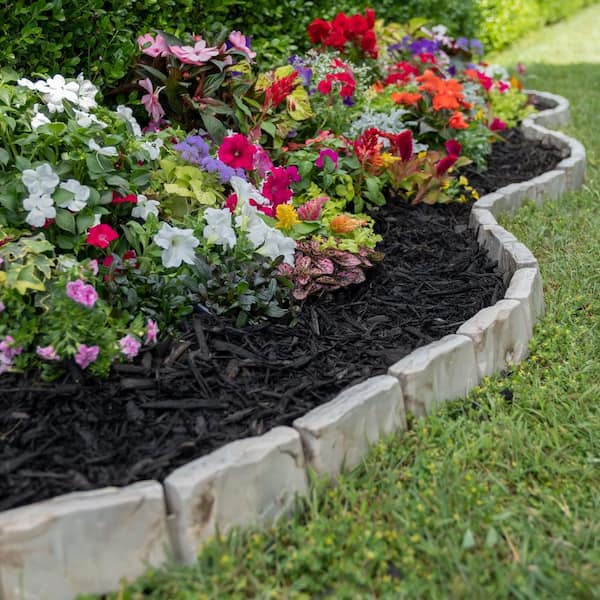
- Rubber edging stones: Rubber edging stones are a durable and long-lasting option for garden edging. They are also flexible, making them a good choice for gardens that are prone to flooding. Rubber edging stones come in a variety of colors and styles, so you can find the perfect ones to match your garden.

- Metal edging stones: Metal edging stones are a more durable option than concrete or brick edging stones. They are also resistant to rust and corrosion, making them a good choice for gardens that are exposed to the elements. Metal edging stones come in a variety of styles, so you can find the perfect ones to match your garden.
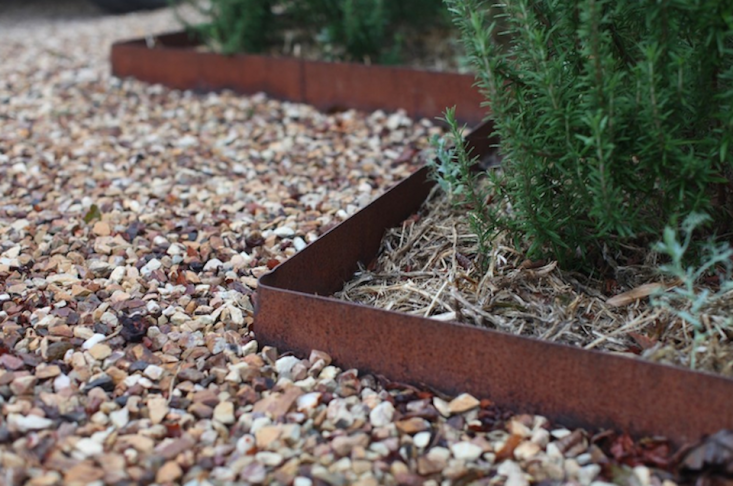
- Wood edging stones: Wood edging stones are a natural and attractive option for garden edging. They are also relatively easy to install. However, wood edging stones are not as durable as other materials and may need to be replaced more often.
- Cementitious edging stones: Cementitious edging stones are a type of concrete edging stone that is made with a blend of cement and sand. They are a good choice for gardens that are prone to erosion because they are more flexible than traditional concrete edging stones.
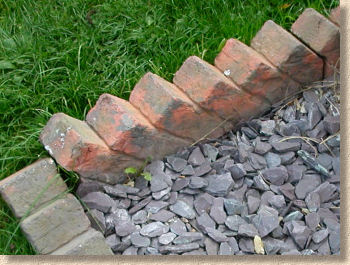
- Plastic lawn edging: Plastic lawn edging is a type of edging that is designed to be used around lawns. It is typically made of flexible plastic and comes in a variety of colors and styles. Plastic lawn edging is a relatively inexpensive option and is easy to install.
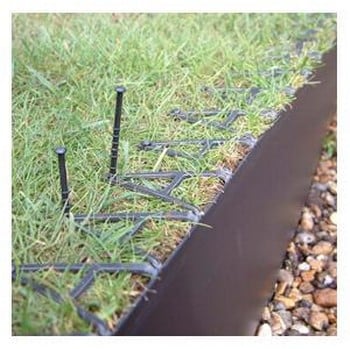
- Metal lawn edging: Metal lawn edging is a type of edging that is designed to be used around lawns. It is typically made of steel or aluminum and comes in a variety of styles. Metal lawn edging is a more durable option than plastic lawn edging and is less likely to be damaged by lawnmowers or other garden equipment.
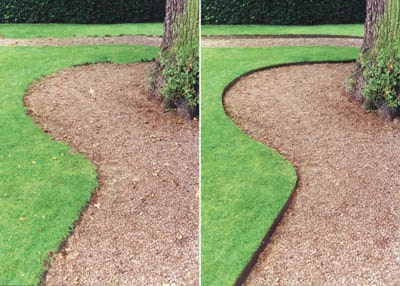
Post a Comment for "How To Lay Garden Edging Stones In Minutes Or Less"